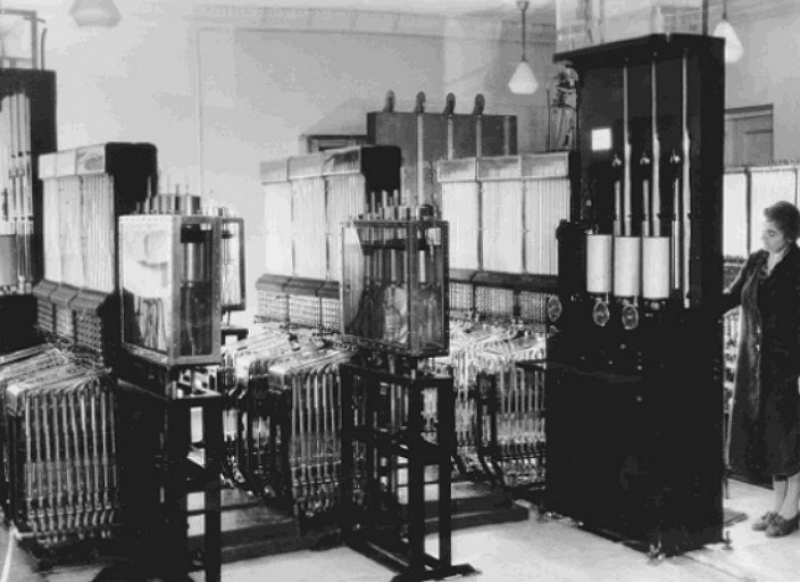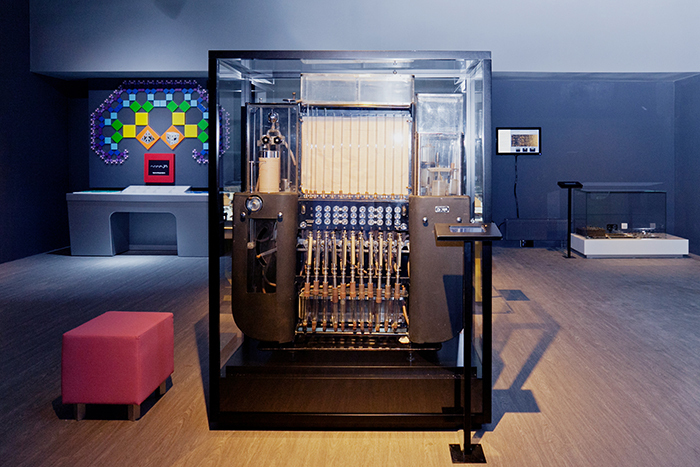The water computer simulated the economy 70 years ago
At one time the trees were taller, the grass was greener, and computers worked on water. MONIAC, built in 1949, analyzed economic data using hydraulics. Water flowed through pipes and reservoirs, allowing you to make forecasts in the economy. The Ruba Goldberg seven-foot machine seemed a strange way to do calculations in this area, but, as historian Doron Swayd explains, student Bill Philip wanted to visualize the market, and in those days computers did not have monitors.

Various capacities represent institutions of the economy, such as banks, consumer spending, savings, taxes, foreign holdings and others. As McRobie explains , if you find that citizens have too much money - the vessel is full - you can expand the valve and imitate the fall in stock prices, as if encouraging investment.
A total of 14 cars were built. Now two of them can work: one is located in the University of Cambridge, the second - in the Museum of the Federal Reserve Bank of New Zealand. In the video below, Cambridge professor Allan McRobie demonstrates the car in 2004.
')


On the website of the University of Cambridge, you can watch a lecture with a detailed description of the principles of Moniac work. There is also a software simulation of a computer.
MONIAC was not the first water computer. In 1936, Soviet inventor Vladimir Lukyanov introduced a hydraulic integrator. Lukyanova’s hydraulic integrator was a system of tubes with water that made it possible to solve partial differential equations. Read more about water computing machines in the journal Science and Life .



Various capacities represent institutions of the economy, such as banks, consumer spending, savings, taxes, foreign holdings and others. As McRobie explains , if you find that citizens have too much money - the vessel is full - you can expand the valve and imitate the fall in stock prices, as if encouraging investment.
A total of 14 cars were built. Now two of them can work: one is located in the University of Cambridge, the second - in the Museum of the Federal Reserve Bank of New Zealand. In the video below, Cambridge professor Allan McRobie demonstrates the car in 2004.
')


On the website of the University of Cambridge, you can watch a lecture with a detailed description of the principles of Moniac work. There is also a software simulation of a computer.
MONIAC was not the first water computer. In 1936, Soviet inventor Vladimir Lukyanov introduced a hydraulic integrator. Lukyanova’s hydraulic integrator was a system of tubes with water that made it possible to solve partial differential equations. Read more about water computing machines in the journal Science and Life .


Source: https://habr.com/ru/post/363671/
All Articles